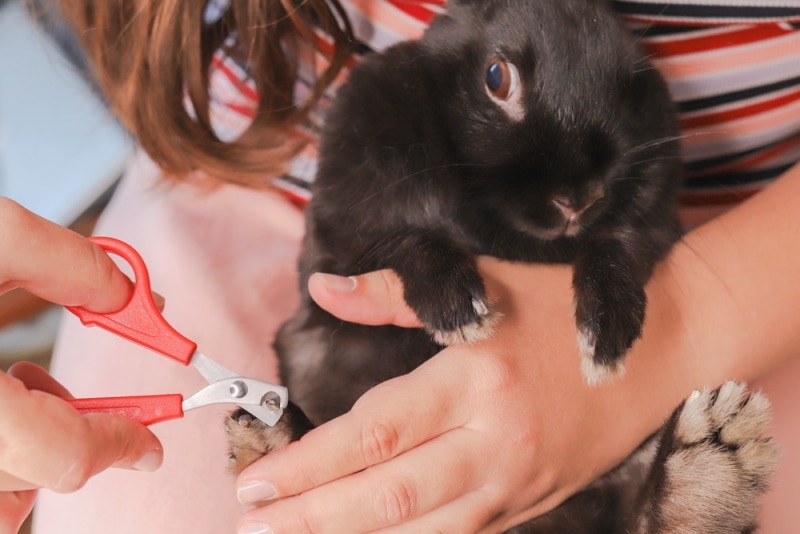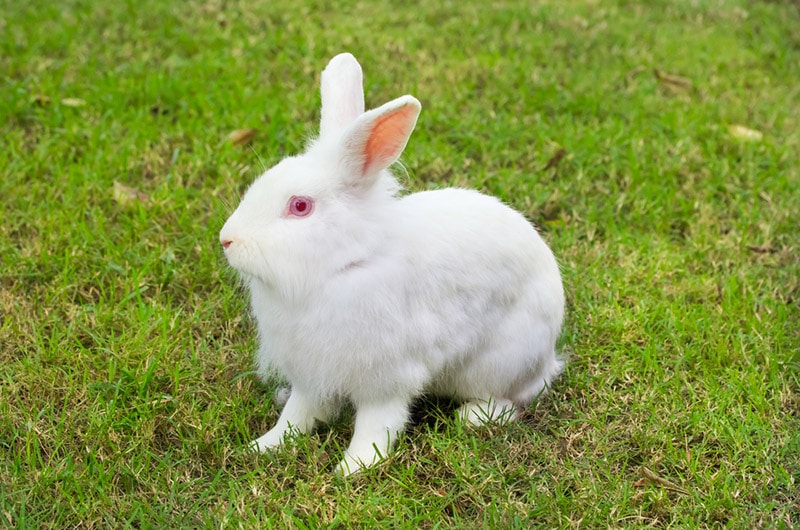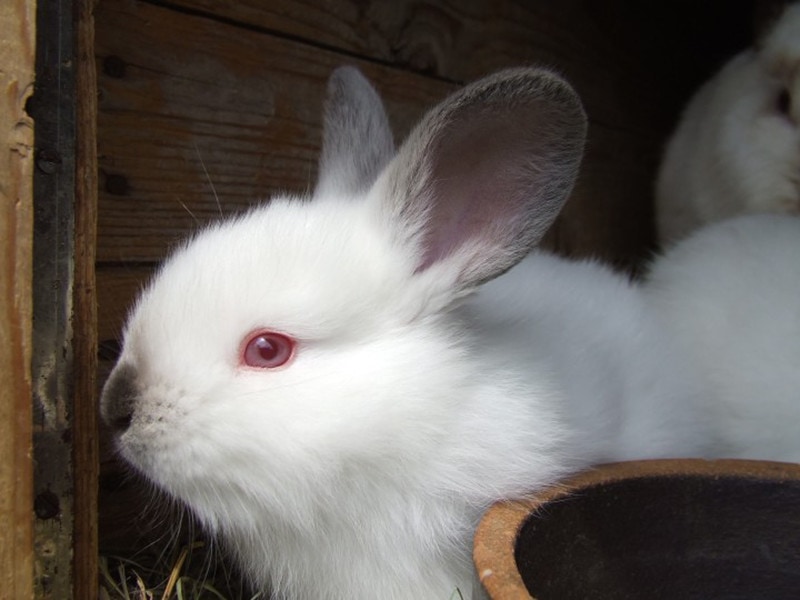How Much Space Does My Rabbit Need? Vet Reviewed Health & Safety Tips
By Ed Malaker
Updated on
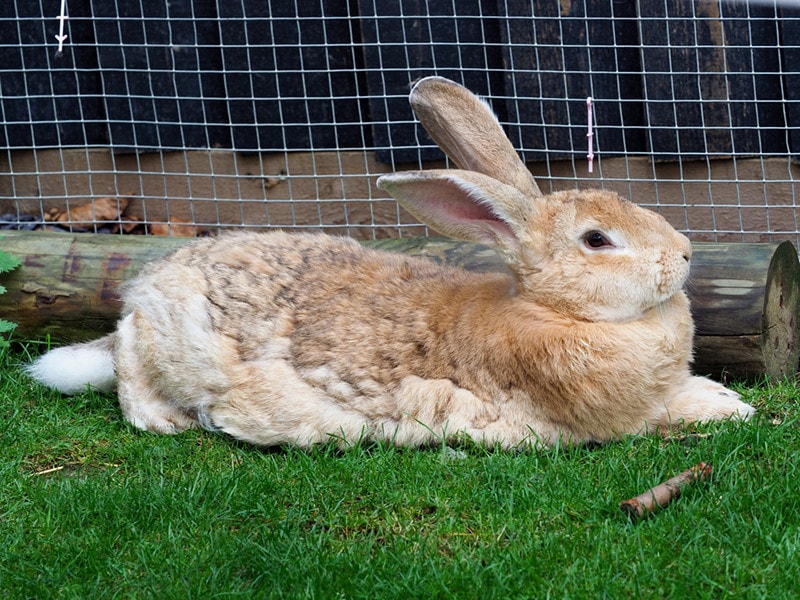
As a responsible pet owner, you might wonder how much space a rabbit needs to stay happy, healthy, and comfortable. In short, they should have at least 8 square feet of floor space, but there are cases where you might need a larger cage. Here, we go over these situations, the physical and mental benefits of keeping your pet in a properly sized habitat, and tips for keeping your rabbit healthy and safe.
How Big Does My Rabbit Cage Need to Be?
According to the House Rabbit Society,1 the minimum space requirements for a single rabbit should be at least 8 square feet of floor space, so a 4-foot long by 2-foot-wide cage would be ideal. A 3-foot by 3-foot habitat would also be great and provide more room. However, this space is for a single rabbit. You must provide an extra 4 square feet of space for each additional rabbit that you intend to keep. Always purchase the largest cage that you can afford and that will fit in your home to give your rabbit as much space as possible.
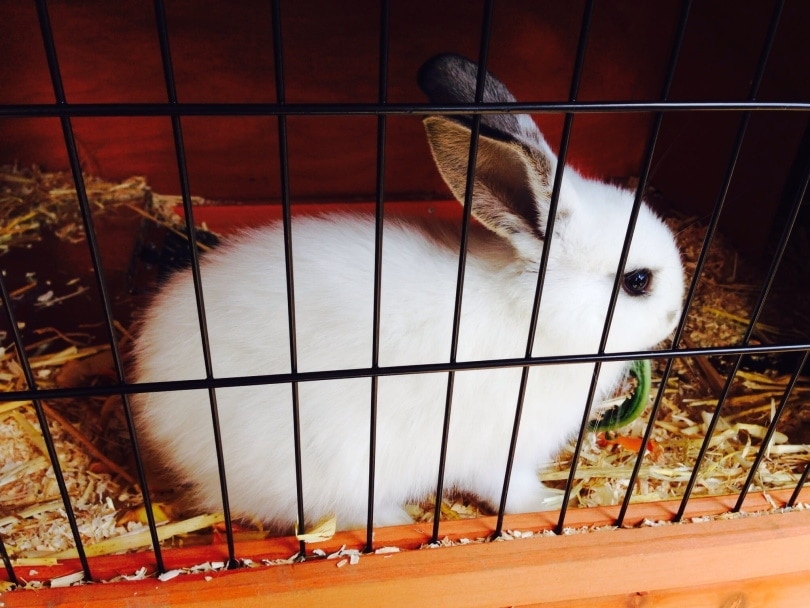
Physical and Mental Health Benefits
Providing adequate space for your rabbit can have several physical and mental benefits. For example, your rabbits need space to move around to maintain good health. A lack of exercise can lead to obesity, resulting in health issues like arthritis and hepatic lipidosis that can reduce your rabbit’s lifespan. Regular exercise helps prevent your rabbit from becoming bored, which can lead to stress and behavioral issues. They also need space to interact with other rabbits or human caretakers. According to a study published by the National Institutes of Health, social interaction, and environmental enrichment can improve the overall well-being of rabbits, leading to a reduction in stress-related behavior.
Tips for Keeping Your Pet Healthy and Safe
Provide a Suitable Living Environment
Rabbits need a safe and comfortable living area with plenty of ventilation and no sharp edges. You will need to clean it regularly to remove waste and replace bedding.
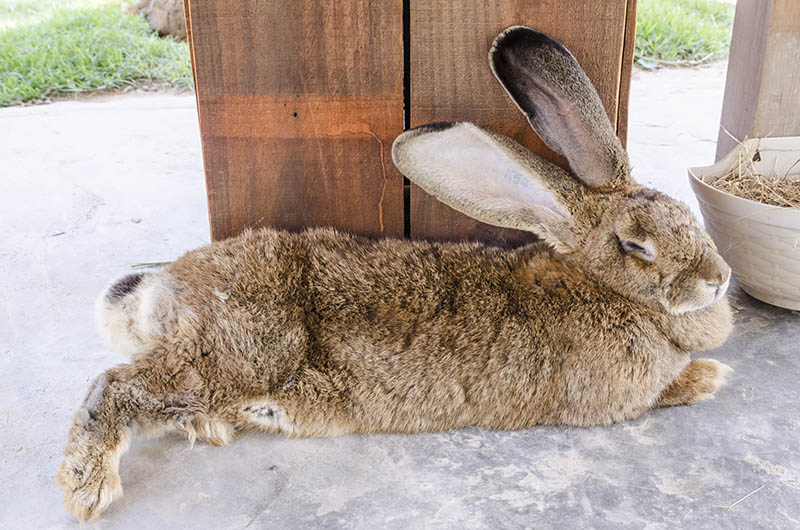
Provide a Healthy Diet
Providing a healthy diet is essential for keeping your pet healthy and happy. Rabbits enjoy food that’s high in fiber, like grass, hay, and leafy greens. Give them pellets in moderation as a supplement to their regular diet. Avoid feeding them foods high in sugar, fat, or carbohydrates, which can lead to digestive issues, dental problems, and obesity.
Provide Mental Stimulation
Rabbits are intelligent animals that require mental stimulation to prevent boredom and stress. Adding tunnels to their environment will give them something to explore, and they like to play with balls and puzzle feeders. Another way to keep them stimulated is by frequently changing around their habitat.
Visit the Vet Regularly
Consistent veterinary care is essential to keeping your rabbit healthy and free from health issues. Annual checkups, vaccinations, and spaying and neutering will help keep your rabbit happy and feeling good.

Final Thoughts
Rabbits need a minimum of 8 square feet of floor space, with an additional 4 square feet for each additional rabbit, for them to have enough room to move around and get the exercise that they need. It’s also essential to provide a suitable living environment, a healthy diet, mental stimulation, and regular veterinary care to keep your pet rabbit healthy and safe. If possible, keep more than one rabbit so they can interact socially, as most don’t like to be alone.
Featured Image Credit: nigel baker photography, Shutterstock


